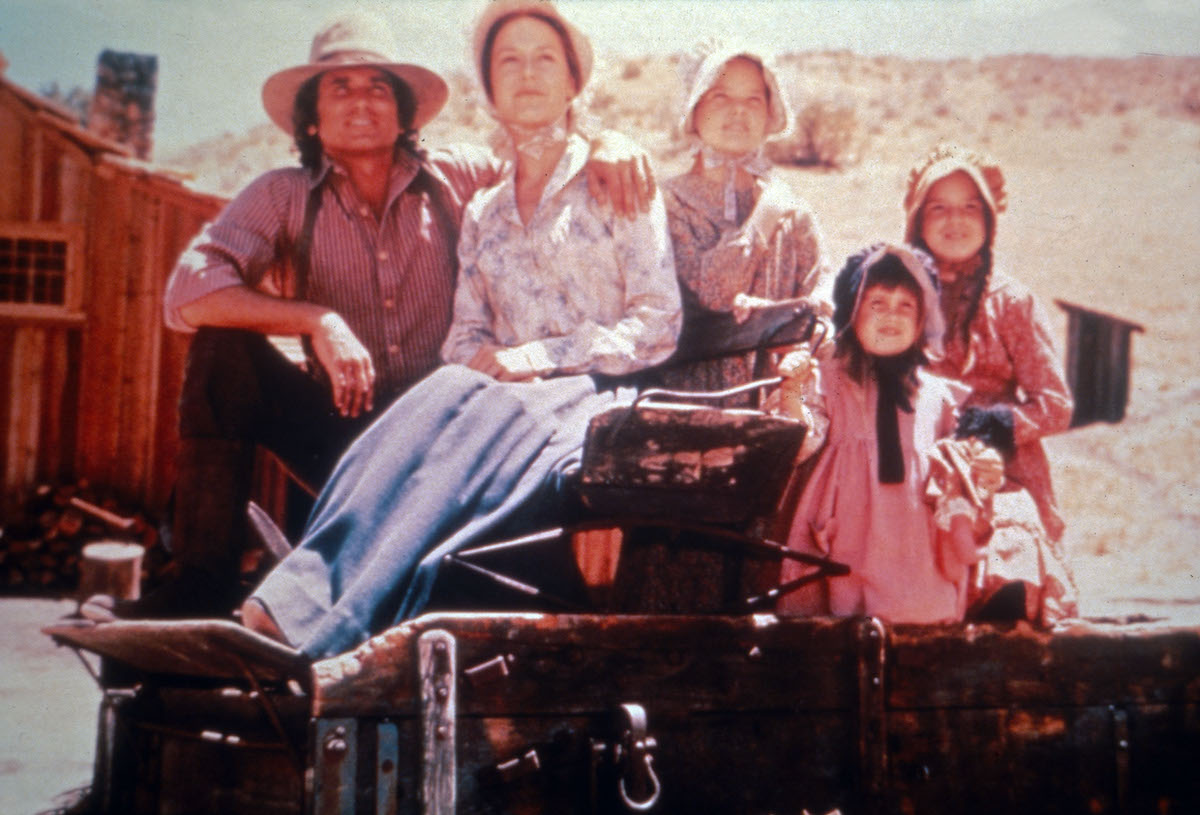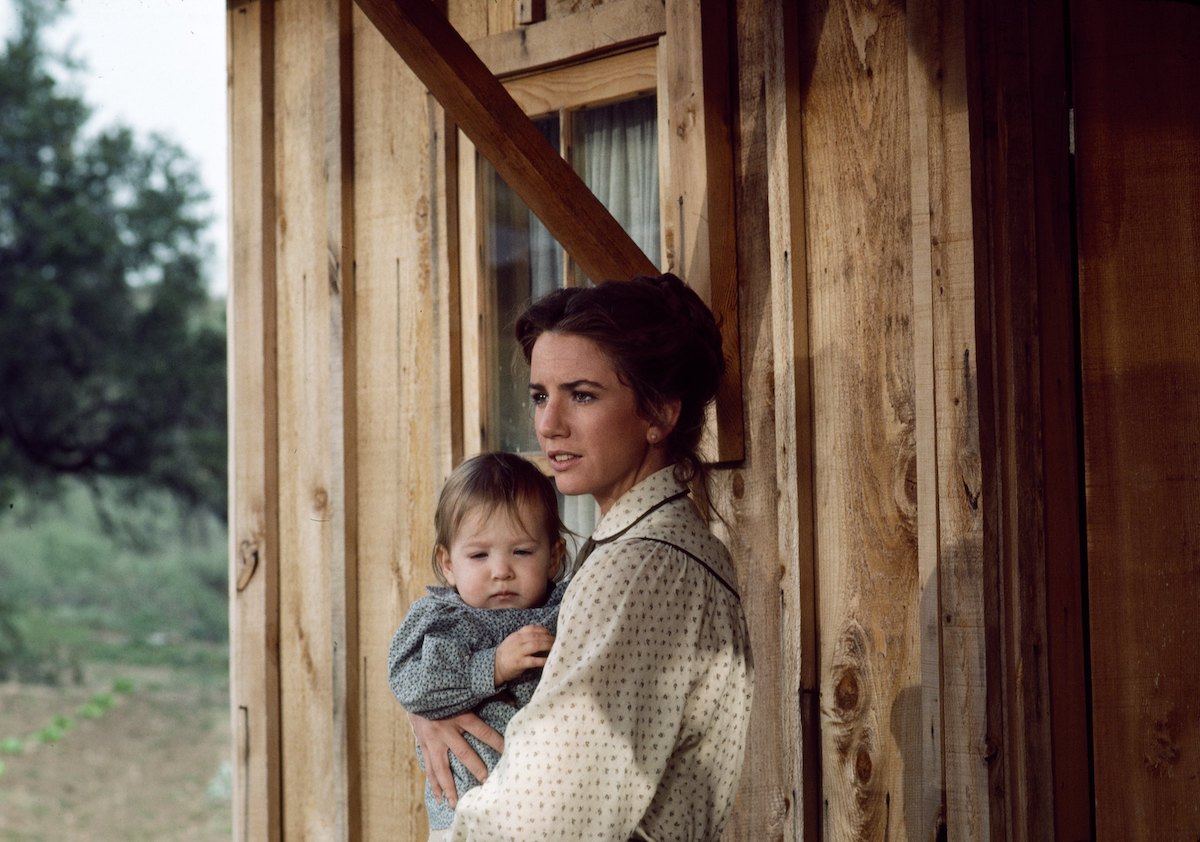‘Little House on the Prairie’: Melissa Gilbert Explains How the Saddest Episode Mirrors Current Events
Little House on the Prairie ran from 1974 to 1983, but some fans have noticed eerie similarities between the classic show and current events. Melissa Gilbert says that’s especially true of one of Little House on the Prairie‘s saddest episodes — “Plague.”

The modern-day coronavirus looks a lot like ‘Little House on the Prairie’s typhus epidemic
Little House on the Prairie featured two episodes that reflect an all-too-real reality for many people today. “Plague” and “Quarantine” detail what happens to Walnut Grove when typhus breaks out.
“Plague” debuted Jan. 29, 1975. In the episode, Peterson (Robert Foulk) undercuts other cornmeal suppliers’ price. But what consumers — and Peterson — aren’t aware of were the rats carrying the disease and scurrying around the sacks of flour within his warehouse. Charles Ingalls (Michael Landon), Rev. Robert Alden (Dabbs Greer), and Doc Hiram Baker (Kevin Hagen) struggle to contain the typhus outbreak amongst their community of settlers.

The tear-inducing episode contains some of the show’s most heartbreaking deaths, but it also mirrors the world today.
‘Little House on the Prairie’s ‘Plague’ reflects what frontline workers are doing today
All of the work Charles and his community do to contain the spread of the disease in a church look a lot like what frontline workers have done during the pandemic.
“Even on that tiny scale, so much of what they were doing [in “Plague”] is now applicable,” Gilbert, who played Laura Ingalls Wilder in the series, explained to the New York Post. “The town mitigated the situation by getting everyone to quarantine at home, putting the sick in one place, and trying to find the source.”
‘Plague’ features some of the saddest deaths in ‘Little House on the Prairie’
Fans know Little House on the Prairie features its fair share of dark and even morbid death scenes. But “Plague” may have some of the saddest deaths the show ever aired.
Perhaps the saddest are the deaths the Boulton family experiences. Mrs. Boulton’s (Helen Clark) tragic typhus death is quickly followed by the death of her son. Later, his lifeless body is cradled by his father in a moment of absolute despair as he explains how “it’s too nice a day to spend inside a schoolhouse.”
Melissa Gilbert says fans can ‘learn something from ‘Little House on the Prairie’s ‘Plague’
The Boulton family’s tragedies are reflective of the many families who have experienced deaths caused by the pandemic. And much like the “little old man” Charles was forced to bury without knowing who he was or his next of kin, thousands of COVID-19 related deaths left many unidentified as hospitals were overrun.
Fans have noticed these connections between the current state of the world and Wilder’s work.
“Thought I would take some time away from the news and constant Coronavirus coverage,” tweeted Dr. Matt Wahlert. “Turned on an old rerun of Little House on the Prairie and it is about a FLU EPIDEMIC — really?
“I realized how prescient [Little House on the Prairie] was,” Gilbert added during her interview with the Post. “We can all learn something from what happens in that episode.” The show has been top of mind of Gilbert, who has been self-isolating in the Catskills.
Unfortunately, we cannot merely light a warehouse on fire to stop the coronavirus, as they did with typhus in Little House on the Prairie. Still, Gilbert is still hopeful we can survive this pandemic.
“Just like now, the residents of Walnut Grove were all in it together,” Gilbert told the Post. “They didn’t have the scientific advances we have or any kind of real treatment. But they bonded as a community to get through the crisis.”


